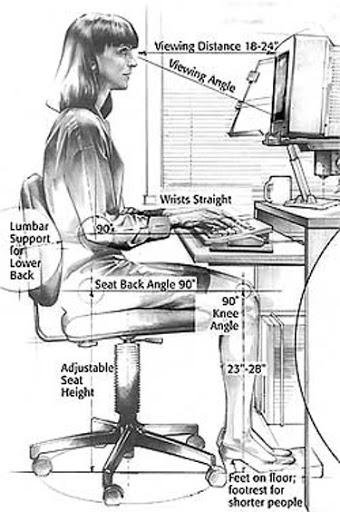While some telecommuters were already comfortable working from home before the threat of COVID-19 hit, others had to adapt quickly to a home office setting without much thought being given to their home workstation.
KEMI has a variety of ergonomic resources available, but that is just one of several health and safety issues to consider when working from home. The following points provide some guidance and questions employers and employees should ask themselves to identify ways to improve safety for telecommuters.
General Safety
- Does the work space accommodate your equipment and related material while still giving you room to work?
- Is the workstation arranged so that you can work without unnecessary strain on your back, arms, neck, etc.? Want to talk about your set up? Email safety@kemi.com with any questions.
- Are your monitors at eye level so you are not looking at a downward angle?
- Are phone cords and electrical cords arranged so they are not creating trip hazards?
- Is there adequate lighting?
- Does your work chair roll too easily? Consider placing it on a rug so it doesn’t roll out from under you.
- Are you sitting back and using all of the chair? Let the chair support your back fully.
- Are your feet on the floor or supported by a foot rest?
Fire Safety
- Is there a working smoke detector in your home work space?
- Is your work space free of trash and clutter?
- If you are using a portable heater or other heat source, are flammable materials kept at a safe distance?
- Are your walkways, aisles, and doorways unobstructed?
Electrical Safety
- Is your computer equipment connected to a surge protector?
- Are all electrical plugs and cords in good condition (with no exposed/damaged wiring or missing insulation)? Don’t check them while they are plugged in.
- Don’t plug power strips or surge protectors into one another (known as a daisy chain). You may have to unplug a few unnecessary items so as not to overload circuits.
- Be sure to turn your equipment off when not in use.
One last tip: Ergonomics is all about 90 degrees at the arms, hips, and knees. Check out the illustration below to see an example.


